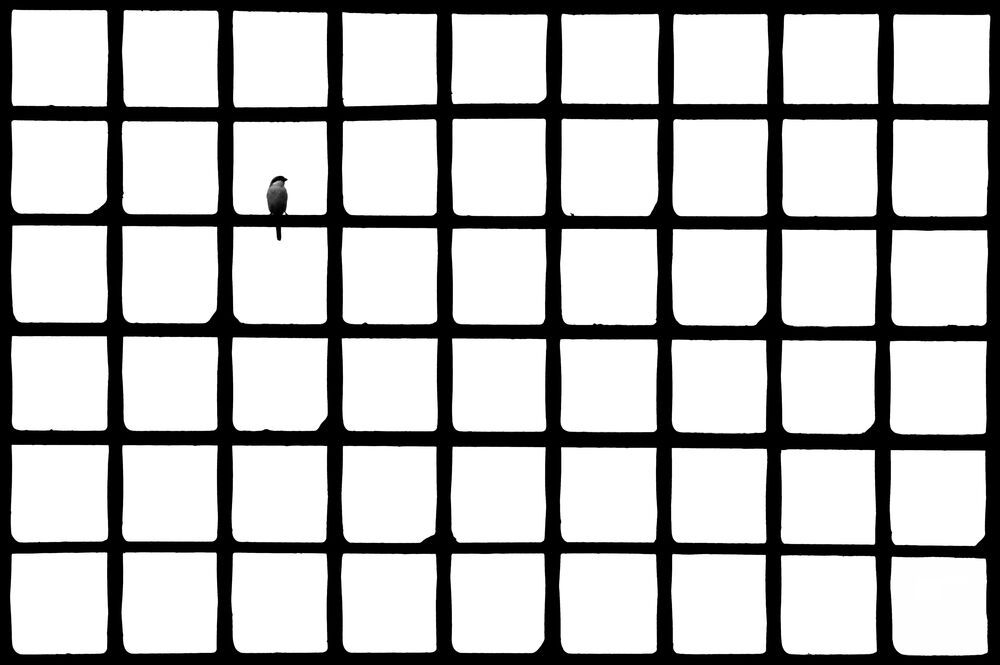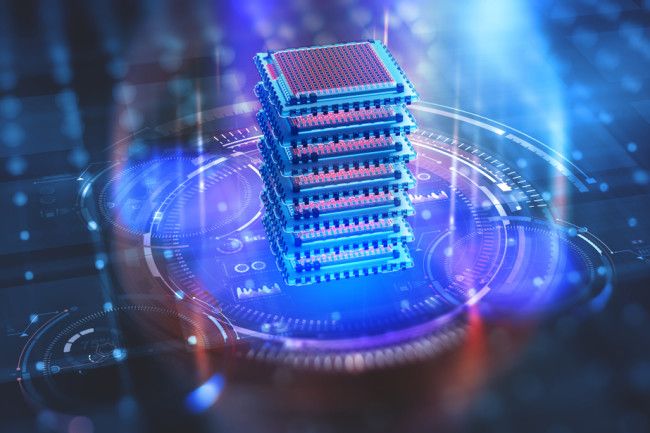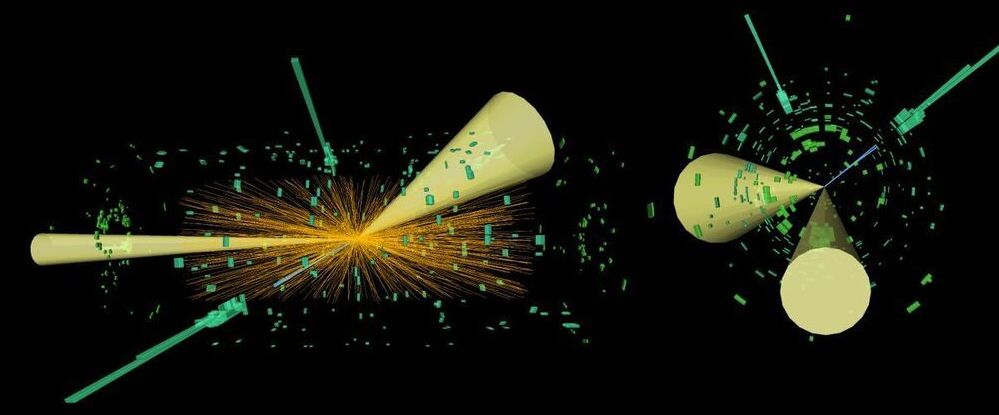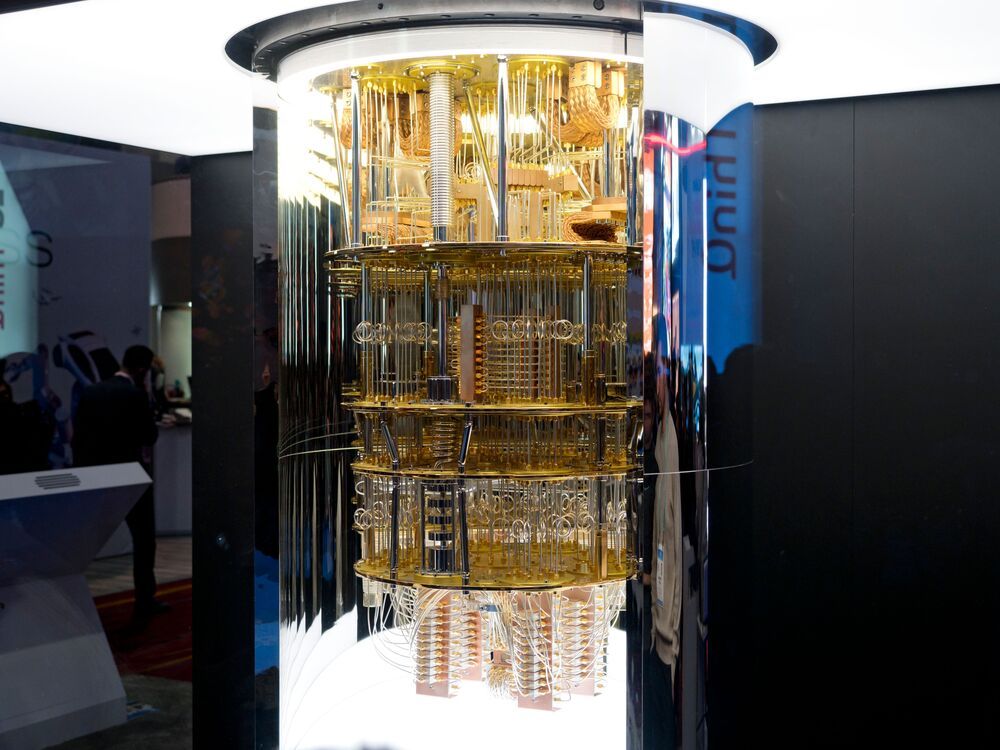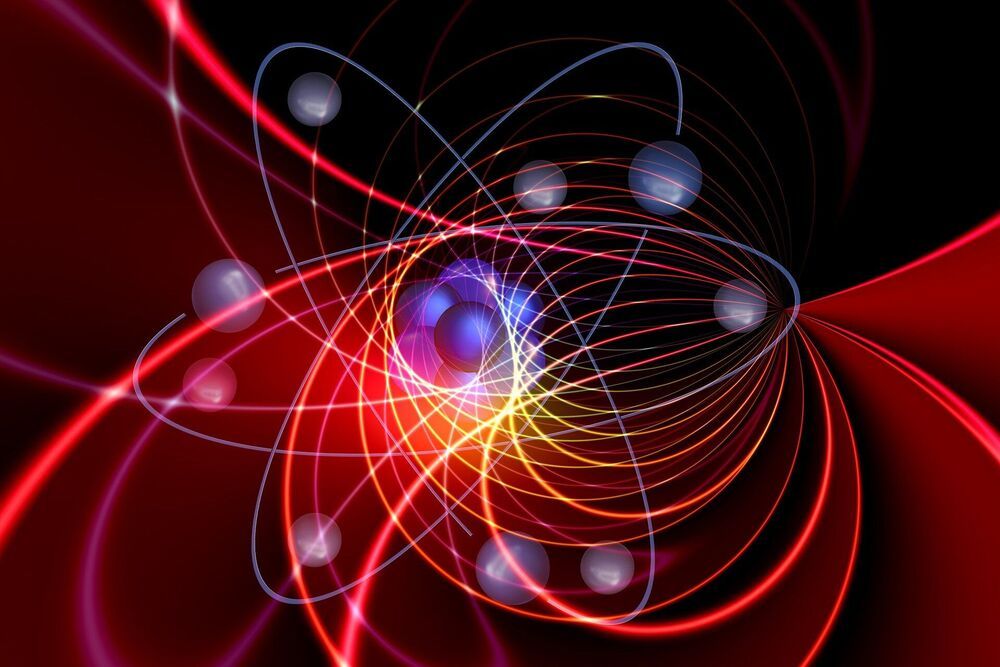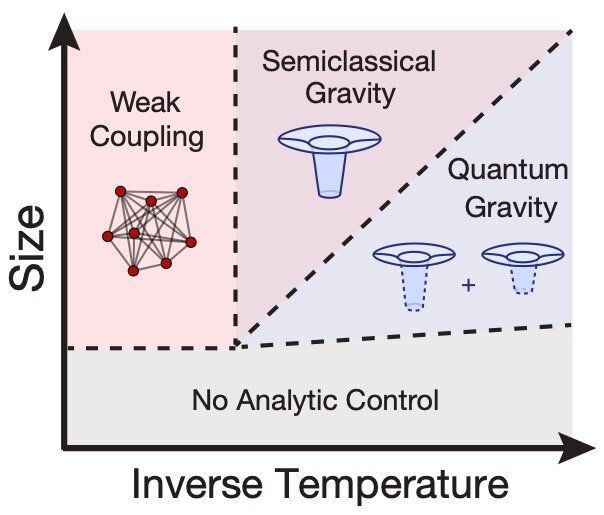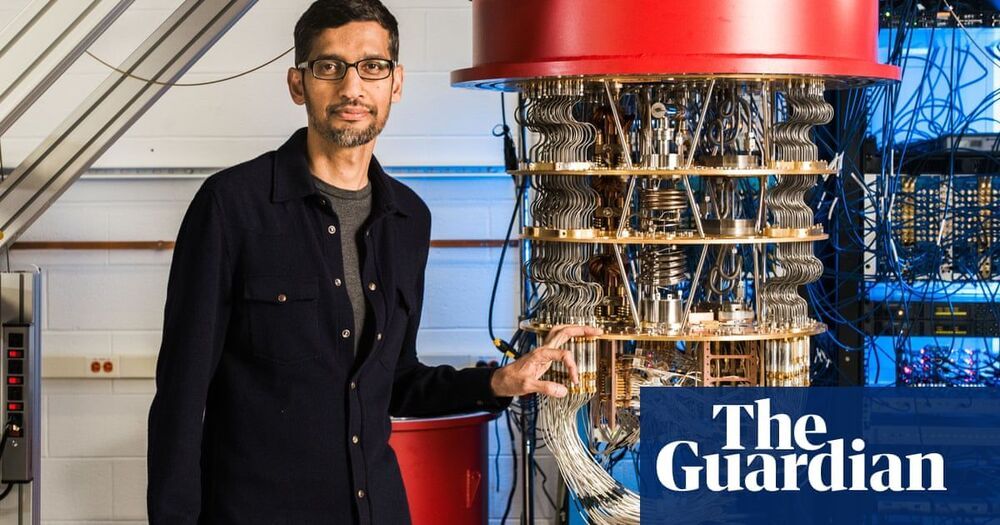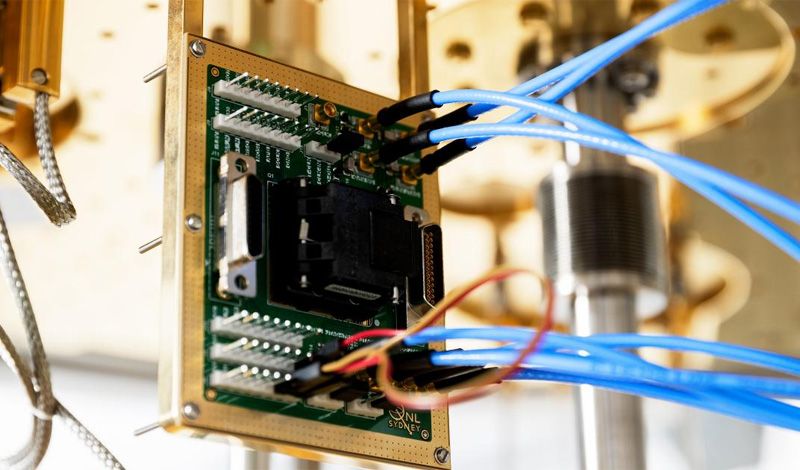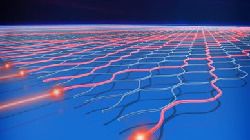Feb 14, 2021
Quantum Mechanics, Free Will and the Game of Life
Posted by Jose Ruben Rodriguez Fuentes in categories: neuroscience, quantum physics
Some thoughts triggered by the death of the mathematician John Conway.
Sorry for the inconvenience, ScientificAmerican.com is currently down for maintenance. Please check back later.
